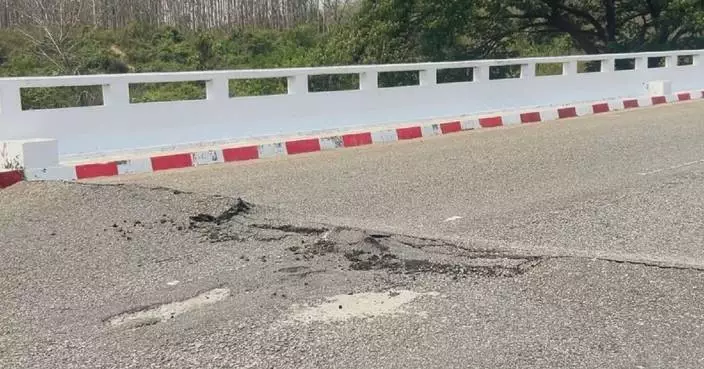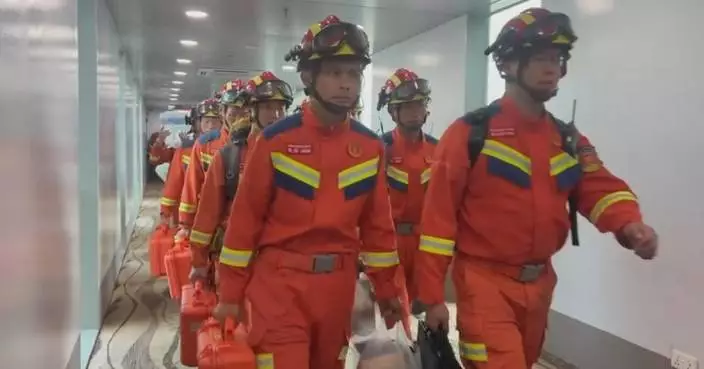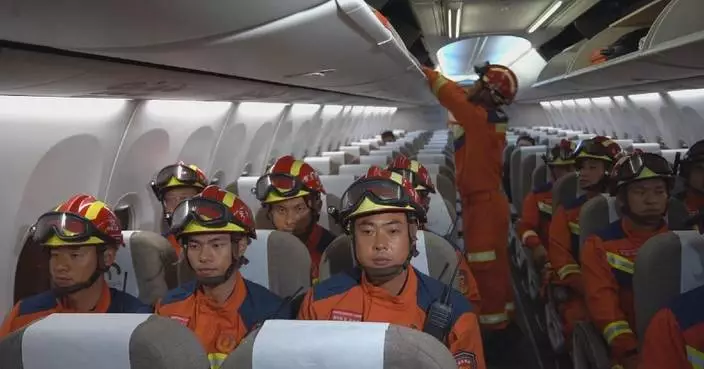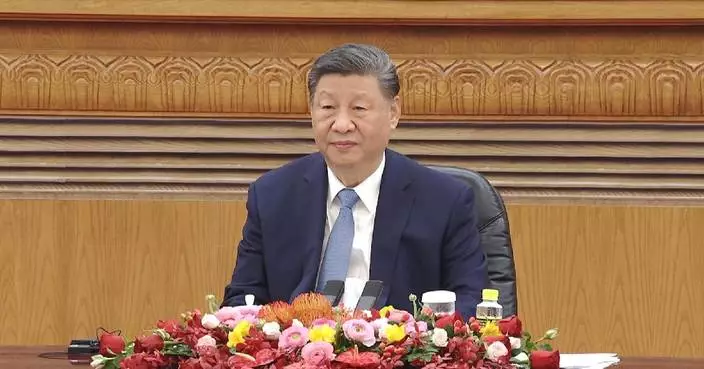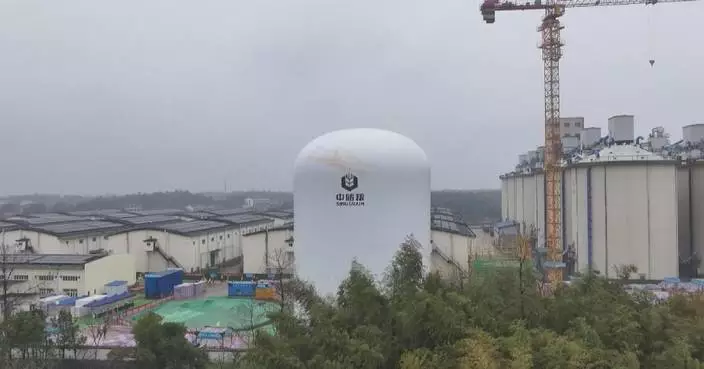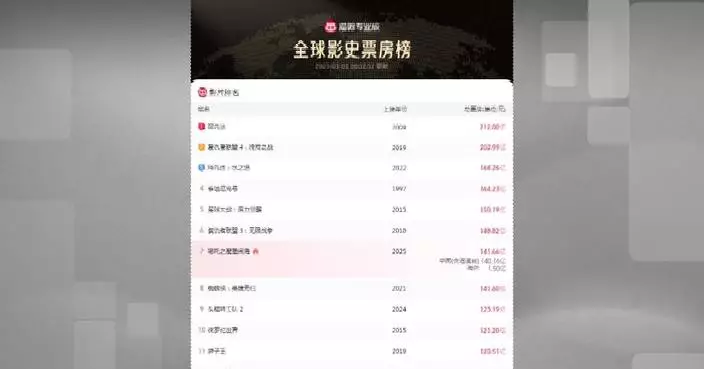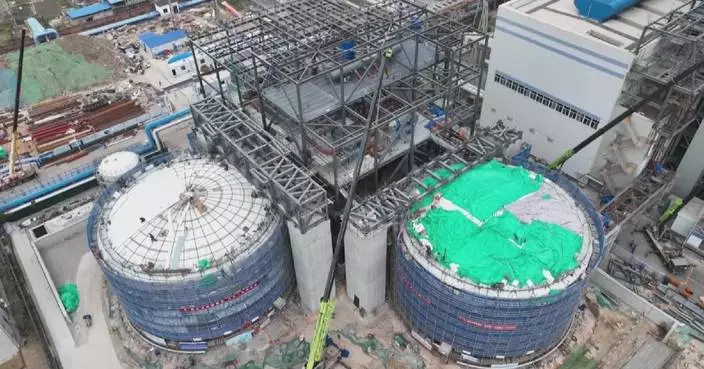Mark Pinkstone/Former Chief Information Officer of HK government
The never-ending debate about saving the environment and development has now turned to the upper most regions of the New Territories. Consultation on the San Tin Technopole is seeing debate on both sides, but a solution may be on the horizon.
The San Tin Technopole is part of a much grander development, known as the Northern Metropolis, announced by then Chief Executive Carrie Lam in her annual policy speech in 2021. As a visionary plan for the future development of Hong Kong it stretches along the entire Shenzhen River (Shum Chun River) boundary with Shenzhen, covering an area of about 300 square kilometres, or about one third of the total land area of Hong Kong. It will eventually have a population of about 2.5 million people, providing about 650,000 jobs. About 150,00 jobs will be in the innovation and technology sector.
The Technopole will be the centrepiece of the overall development, but it comes with a price. Large expanses of wetlands, home to many species of migrating birds, will be sacrificed to make way for new development. Naturally, conservationists and green groups are opposed to the plan and at last count some 80 per cent of submissions to the Town Planning Board were against the proposals. And the de facto authority for the New Territories, the Heung Yee Kuk, insists that the villages should also be integrated in the overall, which, at present, they are not.
Hong Kong is currently experiencing a golden era for innovation and technology (I&T) development, which is quickly emerging as the new driving force for future economic growth. Major science parks are already well established the Cyberport in Pokfulam and at the Science Park in Sha Tin. The San Tin Technopole, by integrating the Lok Ma Chau Loop with land in the San Tin area, will further promote I&T cooperation between Hong Kong and Shenzhen, alongside the Shenzhen Innovation and Technology Zone on the other side of the river.
The Hong Kong-Shenzhen Innovation and Technology Park (HSITP), which is located in the San Tin Technopole, covers 87 hectares of land. With funding approval in early 2021, HSITP’s first phase of development involves eight buildings and will provide an estimated gross floor area of about 116 550 square metres, including research and development (R&D) buildings with laboratories and offices, InnoCell and facilities for setting up an InnoLife Healthtech Hub to focus on R&D in life and health disciplines. InnoCell already located in Hong Kong Science is a pilot project of using Modular Integrated Construction (MiC) in Hong Kong. It provides a minimum of 500-bed spaces with supporting ancillary facilities including recreational and shared living/working space integrated with the residential units], This first phase is expected to be completed in phases from end-2024 onwards.
Already new roads spinning off the northern highway are being built and a forest of cranes dot the horizon at Kwu Tung North.
The rugged terrain of Hong Kong has created land shortages which led Carrie Lam to unveil two new areas for development – the Lantau Tomorrow Vision and the Northern Metropolis in her policy address. The latter, which has priority over the Lantau plan, is expected to provide some 350,000 housing units.
As for the fish ponds, Hong Kong once had a thriving aquaculture industry with much of the New Territories being a multi-patched quilt of fishponds. Today, this has diminished dramatically to become a “sunset” industry with pond fish farmers producing only four to five per cent of fish eaten locally. Many of the ponds remain empty or drained and serve no purpose to the economy or the environment. This was further confirmed by Charman of the Hong Kong Environment Protection Association, Fan Xitai questions in the local press if the ecological value of the area is viable. He believes that more than 60 per cent of the ponds are abandoned or idle and many are filled with chemical and construction waste.
Development, on the other hand brings great economic benefits, but its high-rise buildings and infrastructure facilities will scare off migrating birds and constrain their natural habitat.
However, a coalition of the Hong Kong Institute of Landscape Architects (HKILA) and the Hong Kong Wild Life Fund for Nature (WWF) have teamed up to present a balance in the debate. The HKILA also established a platform between Shenzhen and Hong Kong experts to formulate the guiding principals for ecological and landscape planning in the area.
It proposes creating a multifunctional green space to provide recreational, flood attenuation and wastewater treatment functions while enhancing the habitat connectivity of Deep Bay; create the first ecological corridor for otters in China; and among other things, adjust the building height restrictions in the Mai Po Lung Egretry and Lok Ma Chau to avoid the impact brought by high rise buildings in the flight corridors of migrating birds.
The technology buildings will be located in the centre of the protected areas.
How this will be received by the Town Planning Board is still uncertain. At least it is a plan to be carefully considered to bring peace of mind to both the developers and conservationists. But, more importantly, development of the Northern Metropolis will strengthen Hong Kong’s position in the Greater Bay Area expansion plans.
Mark Pinkstone
** The blog article is the sole responsibility of the author and does not represent the position of our company. **




